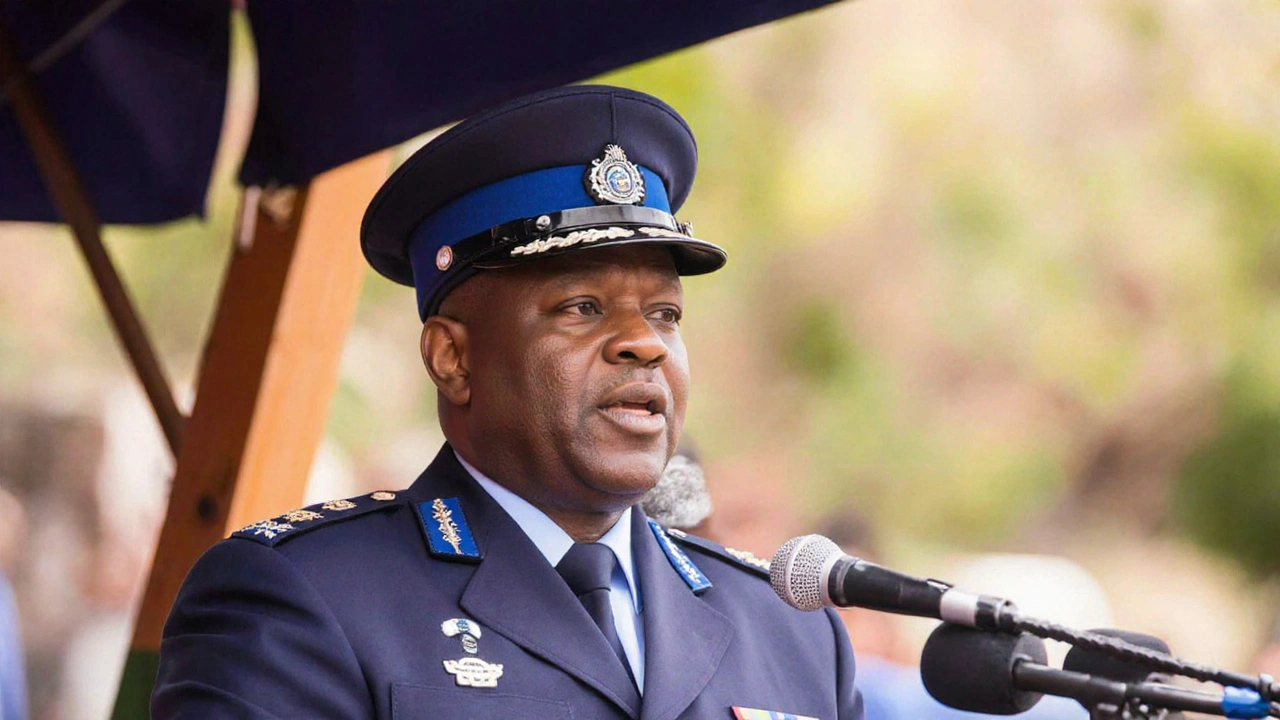Political Killings Task Team: What It Does and Why It Matters
When a politician or activist is murdered, the story often gets buried under politics, rumors, or outright denial. A political killings task team steps in to cut through the noise. These squads are usually made up of investigators, forensic experts, legal advisers, and civil‑society reps. Their main job? Find out who killed the person, why, and make sure the case reaches a court.
Think of the team as a fast‑track investigation unit. They gather evidence from the scene, interview witnesses, and check phone records or social‑media posts. Because political motives can be hidden behind gang violence or “random” crime, the team adds a layer of expertise that ordinary police often lack. The result is a clearer picture of the power dynamics behind the killing.
How the Task Team Works on the Ground
First, the team gets a report – sometimes from a family, sometimes from a human‑rights group. They secure the crime scene within hours, snap photos, and collect DNA or ballistic data. While forensic labs in many African countries are still developing, the task team often partners with regional labs or international NGOs that can run quick tests.
Second, they map out the political context. Who was the victim? Which party or movement did they belong to? Was there a recent protest, a vote, or a policy debate that could have triggered retaliation? This step helps them spot patterns – like a spike in killings before elections – that suggest a systematic campaign.
Third, the team builds a legal case. Lawyers draft affidavits, and investigators write detailed reports that can be handed to prosecutors. In countries where the judiciary is independent, this can lead to swift arrests. In more fragile states, the team may push for international observers or bring the case to regional courts.
Why It Matters for Communities
Families of victims often feel powerless. When a task team announces an investigation, it sends a message that the death won’t be ignored. That alone can stop copycat attacks. Communities also gain a sense of security when they see the state taking responsibility.
Moreover, the data the team gathers feeds into bigger databases on political violence. NGOs use this information to pressure governments, lobby for policy changes, and raise international awareness. Over time, the numbers can drive reforms, like better protection for journalists or stricter gun control.
Finally, the task team helps rebuild trust in institutions. In many African nations, mistrust of police and courts fuels unrest. Transparent investigations show that the rule of law still works, even when powerful interests are involved.
Running a political killings task team isn’t cheap or easy. Funding often comes from foreign aid, UN programs, or private foundations. Training is essential – investigators need to understand local customs, language nuances, and the legal framework. That’s why many countries start with a pilot team in high‑risk regions before scaling up.
If you’re a citizen wondering how to support these efforts, the best move is to document incidents carefully, share reliable information with trusted NGOs, and demand accountability from your leaders. Every tip, photo, or testimony can be the missing piece that cracks a case.
In short, a political killings task team is a practical, focused response to a deadly problem. By combining forensic work, legal know‑how, and political analysis, they make it harder for perpetrators to hide behind politics. For Africa’s future, strengthening and expanding these teams could be one of the smartest ways to protect democracy and human life.

Shadrack Sibiya Faces Scrutiny at Madlanga Commission Over Police Overreach
Deputy National Commissioner Shadrack Sibiya is under fire at the Madlanga Commission after senior police officials alleged he overstepped his authority. Testimony shows he tried to seize the cold‑case unit, reroute counter‑intelligence dockets and shift 121 political‑killings files out of a provincial task team without permission. Legal head Petronella van Rooyen called the moves illegal executive overreach. Sibiya is suspended while the inquiry probes possible corruption and political interference. The commission keeps hearing evidence on justice system infiltration.
